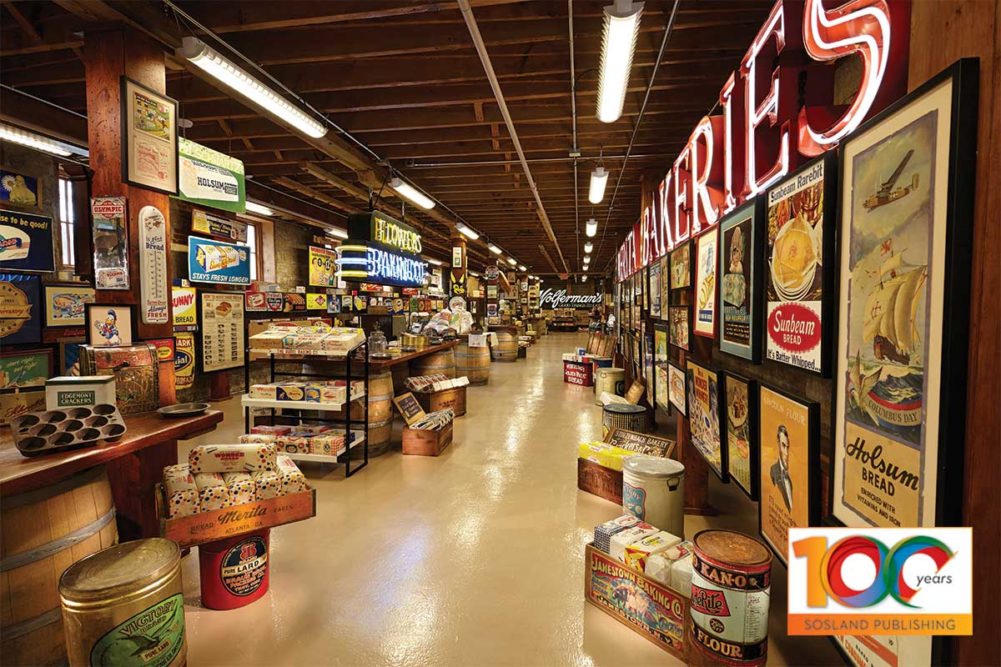Packaging has come a long way from the tried-and-true carton and the wax paper bread wrapper. Machines and materials have pushed the limits of automated production and extended shelf life of products and made food more convenient for people to eat and store.
Extended shelf life, increased throughput, greater flexibility and added convenience will always be at the forefront of packaging needs, but today’s challenges have evolved to other consumers.
Sustainability is at the forefront with plastic being public enemy No. 1 in some cases. As populations grow, resources dwindle and consumers become more concerned with waste. More consumer packaged goods (CPG) companies than ever are making commitments to seek out packaging made with recycled or other materials that are less harmful to the environment. The Consumer Brands Association (CBA) reports that the 25 largest CPG companies have all made commitments to minimize packaging or reuse materials, and 80% of those companies have set goals of using fully recyclable packaging by 2030.
“There is going to be a billion more people on this planet, and we won’t have the resources,” said Brian Wagner, co-founder and principal at PTIS, LLC. “That’s been driving innovation around materials. How do we use less plastic, different plastics or design packaging so it can be reused?”
Before the coronavirus (COVID-19) pandemic, sustainability was a top concern for consumers, especially when it came to packaging. According to a consumer study by CBA, this is still true, although there is some more nuance. Eighty-two percent of Americans said they were concerned with the environment in 2020, down from 90% the year before, and 80% said they are concerned about single-use plastics compared with 87% in 2019.
Consumers seem to understand that plastic has its place — especially in keeping food safe in a pandemic. CBA’s study found that 50% of Americans said recycling became even more important during the pandemic to handle the increase in single-use plastic and packaging, while 45% said it was equally as important as before.
Packaging made from recyclable materials, lighter gauge materials, bioplastics derived from plants and chemical recycling technologies are all on the table for sustainability, and new technology is constantly being developed to pursue those goals.
While the pandemic may have brought nuance to the sustainable packaging need, it jumpstarted e-commerce and how omnichannel will influence the packaging of the future. This growing channel has changed the supply chain but also increased consumer expectations of convenience and product quality.
[Related reading: PMMI spotlights packaging history at Pack Expo Las Vegas]
“You’re buying something online, and you want it to arrive exactly the same way that resulted from the traditional packaging and supply chain process, but the number of touchpoints and handling could change significantly,” explained Tom Egan, vice president, industry services, PMMI. “The number of times the package is handled goes up, and the package still needs to protect the product.”
Resolving that issue is driving much of packaging innovation happening today.
“There are so many companies trying to figure out how to extend the shelf life of any product to meet the needs of e-commerce,” Mr. Wagner said. “Like shipping a hamburger to your house and packaging it so it will still be fresh. Any way you do it, even insulated packaging for frozen goods, it’s going to be expensive, but there is a lot of innovation going on because it’s a huge market need.”
The digitalization of manufacturing will also influence future innovations of packaging. Invisible codes on packaging will be able to deliver more information to consumers as well as send data back to manufacturers. Production lines are becoming more integrated, delivering production data to operators in real time.
“Digital transformation is causing us to rethink the way we do everything,” Mr. Wagner said. “You can monitor packaging uptime and downtime and make immediate changes instead of waiting a week when you’re reviewing your data. All of these possibilities are getting less expensive, and we will be able to use them in so many new ways that will drive value and take waste out of the system.”
Some innovations over the past 100 years have been industry-changing events, but Mr. Egan pointed out that packaging is always improving even if in small ways.
“There are constant incremental improvements being made all the time,” he said. “The industry is always looking for ways we can do better. We still need packaging that will protect, promote and improve the point of use at the consumer level.”
Change, incremental or revolutionary, for packaging is on the horizon.
As Sosland Publishing Company, publisher of Baking & Snack, gears up to celebrate 100 years of providing food industry professionals timely information, news and commentary, we will be publishing a series of articles across all our titles to celebrate the past, present and future of the people and industry that feeds the world.
This article is an excerpt from the August 2021 issue of Baking & Snack. To read the entire feature on Centennial Report: Packaging, click here.






